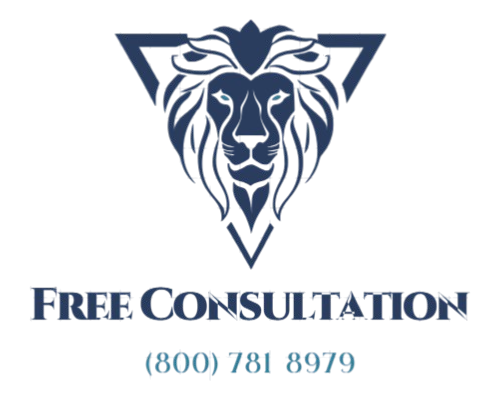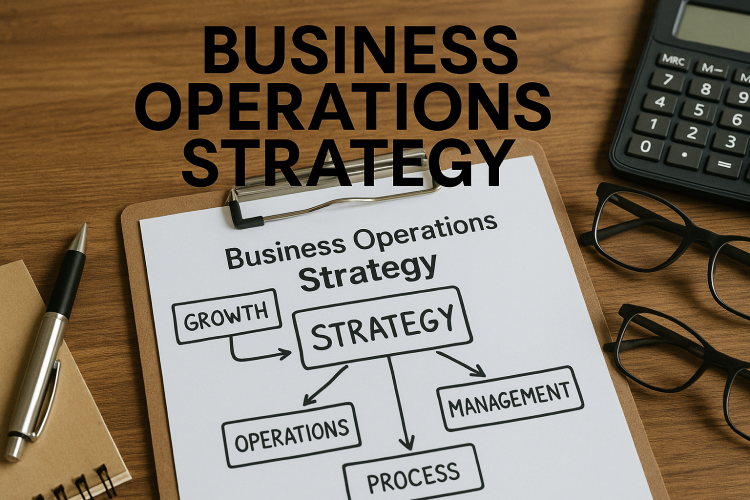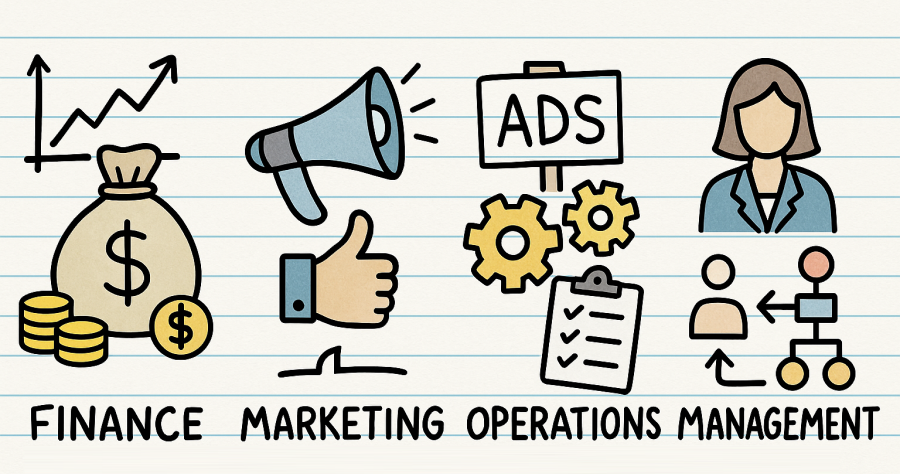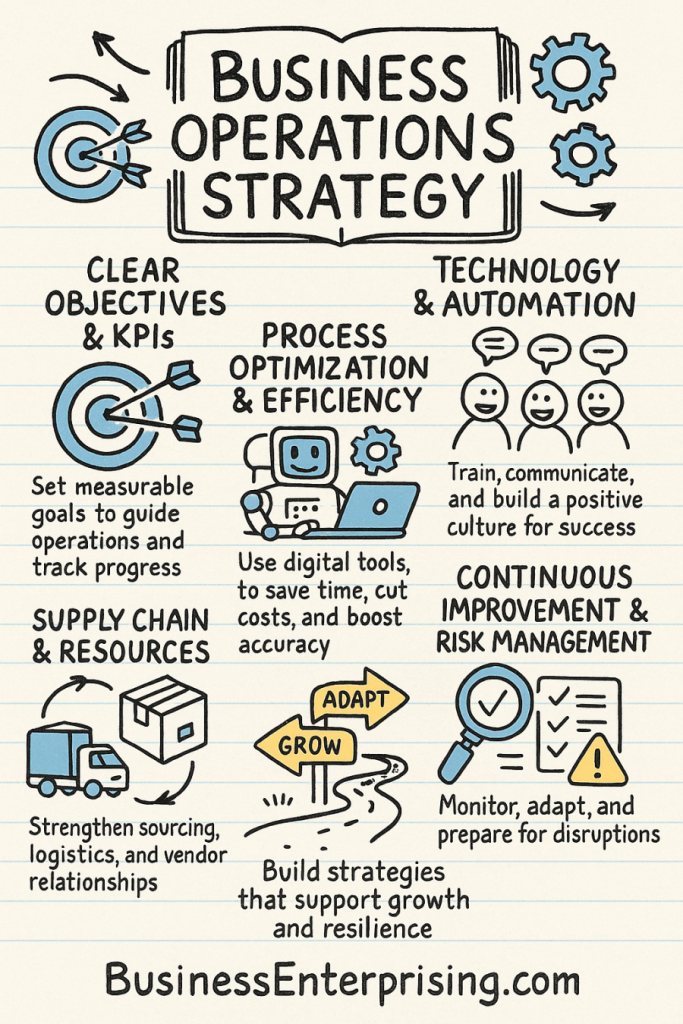
Effective operations begin with clear objectives and measurable outcomes. When you set specific goals, you give your team direction and focus. Therefore, daily decisions become easier because they align with a larger purpose. Additionally, performance becomes easier to track and review over time. However, objectives must remain realistic to support accountability and sustainable growth.
Operations also depend on how well your processes function. Streamlining workflows, improving communication, and integrating technology can all strengthen results. Therefore, reviewing systems regularly helps you identify inefficiencies that slow down performance. Additionally, making gradual improvements ensures that changes are manageable and lasting. A strategy that emphasizes consistency and adaptability prepares you to handle both challenges and growth.
Your people remain at the center of operational success. Training, communication, and culture shape how your team supports business goals. Therefore, investing in workforce development builds engagement and productivity. Additionally, aligning responsibilities with skills improves efficiency and reduces stress. By connecting people, processes, and planning, you create an environment where progress is steady and measurable.
Defining Clear Objectives and KPIs
Clear objectives and measurable goals form the foundation of any strong business operations strategy. When you define targets, you provide direction for your team and create benchmarks for progress. Therefore, clear objectives allow everyone to focus on priorities that matter most to your business. Additionally, measurable goals give you a way to track whether daily efforts support long-term success.
Key performance indicators, or KPIs, make those goals actionable. By selecting the right KPIs, you create metrics that align with your strategy. Therefore, KPIs connect big-picture planning with daily tasks. Additionally, they allow you to spot gaps in performance quickly and adjust before issues grow larger. However, KPIs must remain realistic and relevant to your goals to provide value.
When objectives are measurable, you can evaluate performance with confidence. Therefore, reviewing progress becomes a structured part of managing operations. Additionally, clear goals reduce confusion and help your team understand expectations. As a result, accountability improves across departments because every member sees how their efforts contribute.
You should also use objectives and KPIs to guide decisions over time. Therefore, measuring consistently helps you determine if strategies remain effective or if adjustments are required. Additionally, tracking progress shows trends that reveal where opportunities exist. This practice supports growth by turning data into meaningful action.
A business operations strategy that prioritizes clear objectives and KPIs provides stability and focus. Therefore, you avoid wasting time on tasks that fail to contribute. Additionally, you create a culture where progress is visible and tied directly to outcomes. By committing to measurable goals, you build stronger alignment, greater accountability, and sustainable long-term performance.
Process Optimization and Efficiency
Process optimization focuses on making your daily operations more efficient and productive. By streamlining workflows, you reduce unnecessary steps and create smoother systems. Therefore, identifying inefficiencies allows you to save time, cut costs, and improve performance. Additionally, better processes free up resources that can support growth and innovation.
Reducing waste is another key element of efficiency. Waste can mean time lost on repetitive tasks, money spent on unused materials, or effort directed toward low-value activities. Therefore, reviewing your processes regularly helps you find areas to eliminate waste. Additionally, small adjustments often create meaningful improvements that strengthen your overall results. However, waste reduction must balance cost savings with quality to avoid negative impacts.
Improving productivity often requires both better systems and stronger communication. Therefore, you should assess how information flows across teams and departments. Additionally, providing tools and training can help employees complete tasks faster and with fewer errors. When your team understands the process and has the right support, productivity naturally increases.
Technology also plays an important role in optimization. Automation tools, scheduling systems, and digital platforms simplify routine work. Therefore, you can shift focus toward higher-value activities that require human input. Additionally, technology creates consistency and accuracy, which improves both efficiency and customer satisfaction.
A strong business operations strategy always emphasizes continuous process improvement. Therefore, by evaluating and refining your workflows, you create a structure that supports long-term stability and growth. Additionally, efficiency gains reduce stress, improve outcomes, and give you more flexibility to adapt to change. When you commit to process optimization, you build a stronger foundation for sustained performance.
Technology and Automation Integration
Technology and automation are powerful tools for strengthening efficiency and consistency across your business operations. Digital systems help you streamline tasks, reduce errors, and manage information with greater accuracy. Therefore, adopting the right tools can save you both time and money. Additionally, automation frees your team to focus on higher-value work rather than repetitive activities.
Software platforms also improve speed in day-to-day operations. Project management tools, inventory systems, and communication apps allow you to coordinate work more effectively. Therefore, your teams can collaborate with fewer delays and greater clarity. Additionally, software integration often reduces duplicate efforts that slow down progress. However, selecting tools that align with your business goals remains essential for success.
Automation extends beyond routine tasks. Many businesses now use automation to manage scheduling, reporting, and even customer interactions. Therefore, you gain more control over processes while improving the customer experience. Additionally, automated systems maintain consistency by removing variability caused by human error. This consistency builds reliability across operations.
Cost savings are another advantage of digital adoption. By reducing manual labor, errors, and inefficiencies, technology helps lower operating expenses. Therefore, you can reallocate resources to areas that generate growth or innovation. Additionally, cost savings improve financial stability, allowing you to manage risk more effectively.
A strong business operations strategy includes a focus on technology integration. Therefore, you should continuously evaluate where digital tools and automation create the most value. Additionally, adopting systems that fit your workflows supports productivity and long-term growth. By combining human expertise with digital efficiency, you create an operation that is faster, more consistent, and better prepared for the future.
Workforce Management and Culture
Workforce management and culture are central to building effective operations. When your team is trained and supported, they can meet business goals consistently. Therefore, investing in training improves both skills and confidence across your organization. Additionally, training helps align employees with evolving strategies and new technologies.
Clear communication also strengthens workforce performance. When you share goals and expectations openly, your team understands how their work contributes. Therefore, effective communication reduces errors and builds accountability. Additionally, feedback channels give employees opportunities to share insights that improve processes. However, communication must be ongoing rather than occasional to build trust and engagement.
Culture plays an equally important role in operations. A positive culture encourages collaboration, adaptability, and ownership of results. Therefore, shaping values that support teamwork and respect improves overall productivity. Additionally, when employees feel valued, retention improves and performance remains steady. A strong culture creates consistency across your operations.
Workforce management also involves aligning talent with operational needs. Therefore, matching skills with responsibilities helps employees work more efficiently. Additionally, performance reviews and development plans guide growth while reinforcing expectations. By connecting individual progress with company goals, you create stronger alignment.
A business operations strategy that emphasizes workforce management and culture supports sustainable success. Therefore, training, communication, and positive culture should remain ongoing priorities. Additionally, building systems that recognize employee contributions strengthens loyalty and long-term results. When you invest in people, you create teams capable of supporting growth and adapting to change effectively.
Supply Chain and Resource Management
Supply chain and resource management directly influence how smoothly your business operates. Reliable sourcing and strong vendor relationships help you maintain consistency in supply. Therefore, you should build partnerships that focus on trust and dependability. Additionally, diversifying suppliers protects you from disruptions that may occur in shifting markets.
Logistics also plays a central role in operations. Efficient transport, warehousing, and distribution reduce delays and costs. Therefore, tracking shipments and monitoring performance can help you anticipate problems before they affect your customers. Additionally, technology offers tools that improve visibility and coordination across your supply chain. However, these systems require ongoing attention to remain effective.
Resource management involves more than securing materials. You also need to manage time, money, and labor to support overall efficiency. Therefore, aligning resources with priorities ensures that key projects receive the support they need. Additionally, reviewing resource allocation regularly helps you identify gaps and prevent waste.
Adaptability is essential when markets shift or disruptions occur. Therefore, your supply chain should have flexibility built into its design. Additionally, having backup vendors and alternative routes helps you respond quickly to unexpected challenges. By preparing in advance, you can reduce risks and maintain stability.
A business operations strategy that focuses on supply chain and resource management creates resilience and reliability. Therefore, you should invest in strong vendor relationships, efficient logistics, and flexible systems. Additionally, managing resources with care allows you to respond to change without losing momentum. By balancing efficiency with adaptability, you strengthen both daily operations and long-term performance.
Continuous Improvement and Risk Management
Continuous improvement keeps your business competitive by focusing on steady progress rather than one-time changes. Monitoring performance helps you identify areas that need adjustment. Therefore, tracking results regularly allows you to recognize trends and measure the impact of your strategies. Additionally, consistent reviews create accountability and maintain alignment with long-term goals.
Adapting strategies is an important part of sustaining growth. Markets, technologies, and customer needs often shift quickly. Therefore, you must remain flexible in how you approach your operations. Additionally, testing new methods on a small scale allows you to refine processes before applying them more broadly. However, adaptation must remain connected to measurable outcomes to avoid wasted effort.
Identifying risks is equally important for protecting your business. Risks can include supply chain disruptions, labor shortages, or economic changes. Therefore, creating plans for potential disruptions helps you prepare before issues arise. Additionally, risk assessments give you a clearer view of vulnerabilities within your operations. By anticipating problems, you can protect productivity and customer relationships.
Improvement and risk management also depend on communication. Therefore, involving your team in reviews builds awareness and accountability. Additionally, employee input often reveals process gaps that leadership may overlook. Clear communication strengthens both improvement efforts and risk planning.
A strong business operations strategy incorporates continuous improvement and risk management as ongoing practices. Therefore, you should view them as part of daily operations rather than occasional projects. Additionally, making small adjustments over time builds resilience, improves efficiency, and reduces exposure to disruption. By combining progress with preparation, you create a business that can adapt and grow with confidence.
Conclusion
A strong business operations strategy provides structure and guidance for both daily activities and long-term planning. Clear objectives, efficient processes, and the right technology work together to create consistent results. Therefore, treating operations as an ongoing priority helps you build stability while also preparing for growth. Additionally, aligning resources with your goals ensures progress remains measurable and practical.
Your team also plays an important role in supporting effective operations. Training, communication, and culture shape how employees contribute to shared objectives. Therefore, focusing on people as well as processes helps strengthen performance. Additionally, involving employees in improvement efforts creates accountability and reveals valuable insights. When people feel engaged, results often improve across every area of your operations.
External factors, including supply chains and market conditions, will continue to influence how your business performs. Therefore, flexibility and preparedness should remain part of your planning. Additionally, risk management and continuous improvement allow you to respond to changes without losing momentum. By reviewing systems consistently, you create an environment that adapts as needed.
A business operations strategy is not a one-time exercise but a framework that evolves with your business. Therefore, you should revisit goals, review performance, and refine processes regularly. Additionally, making small but consistent improvements strengthens your ability to compete over time. By combining structure with adaptability, you position your business for sustainable growth.



